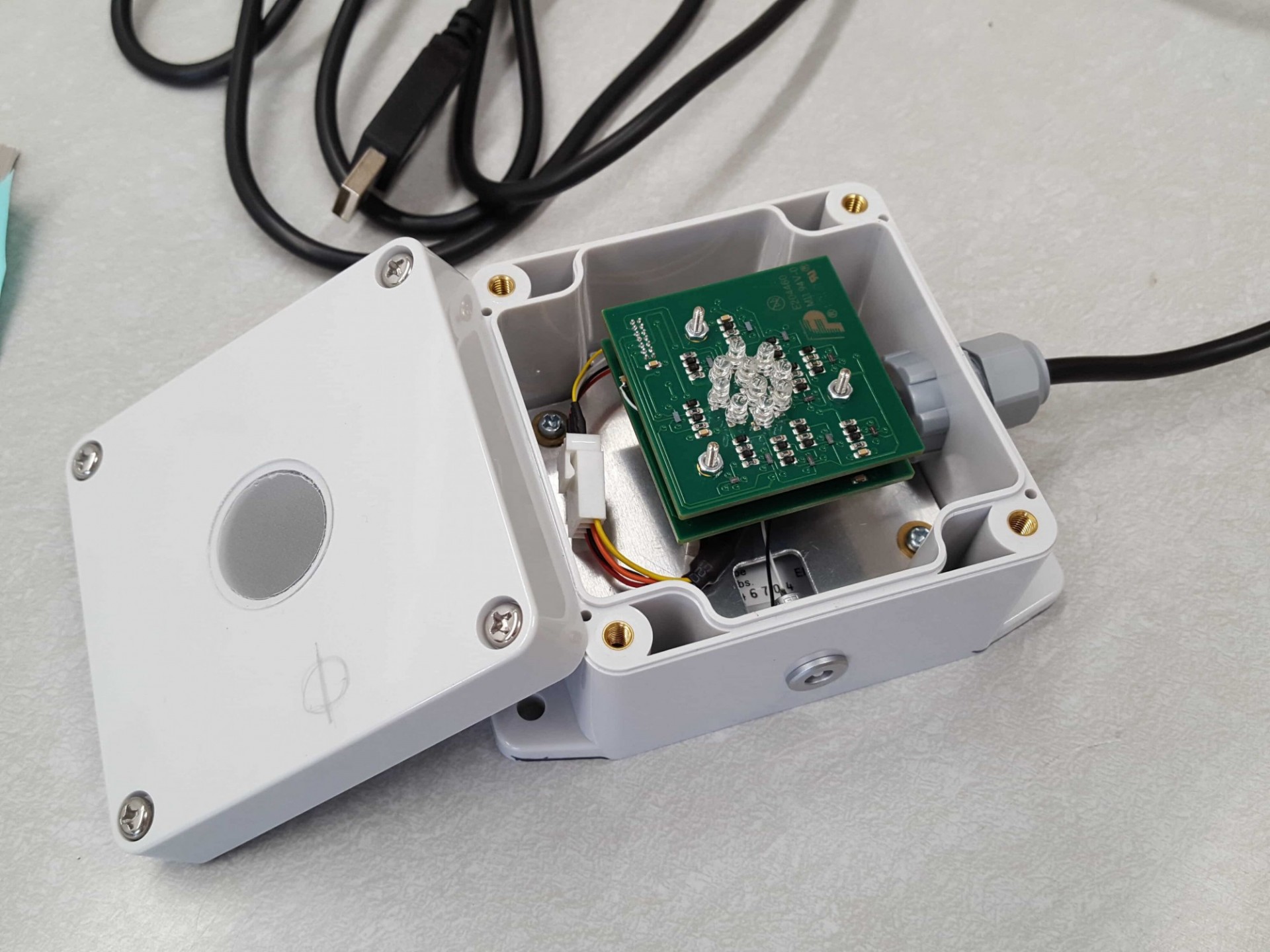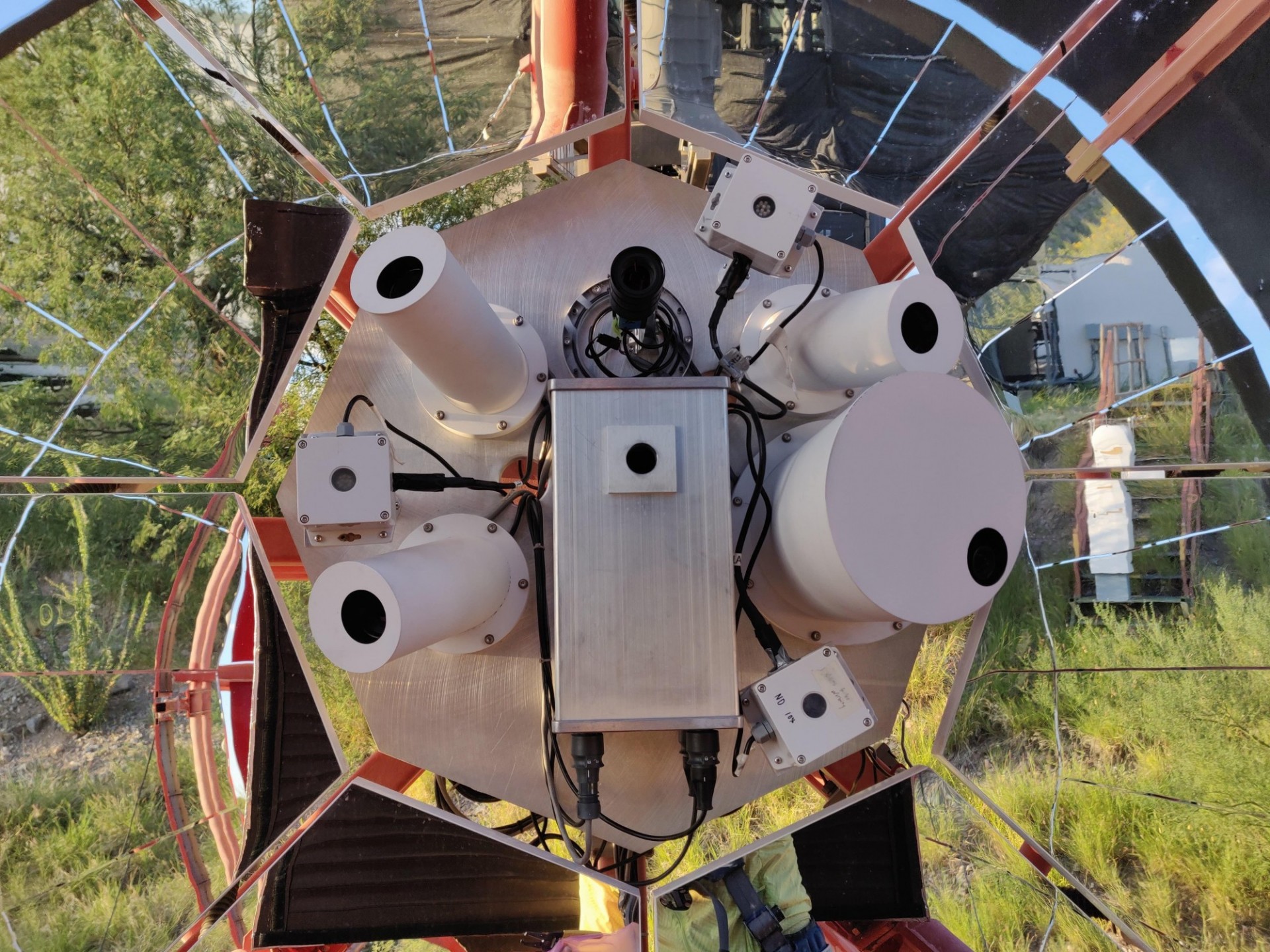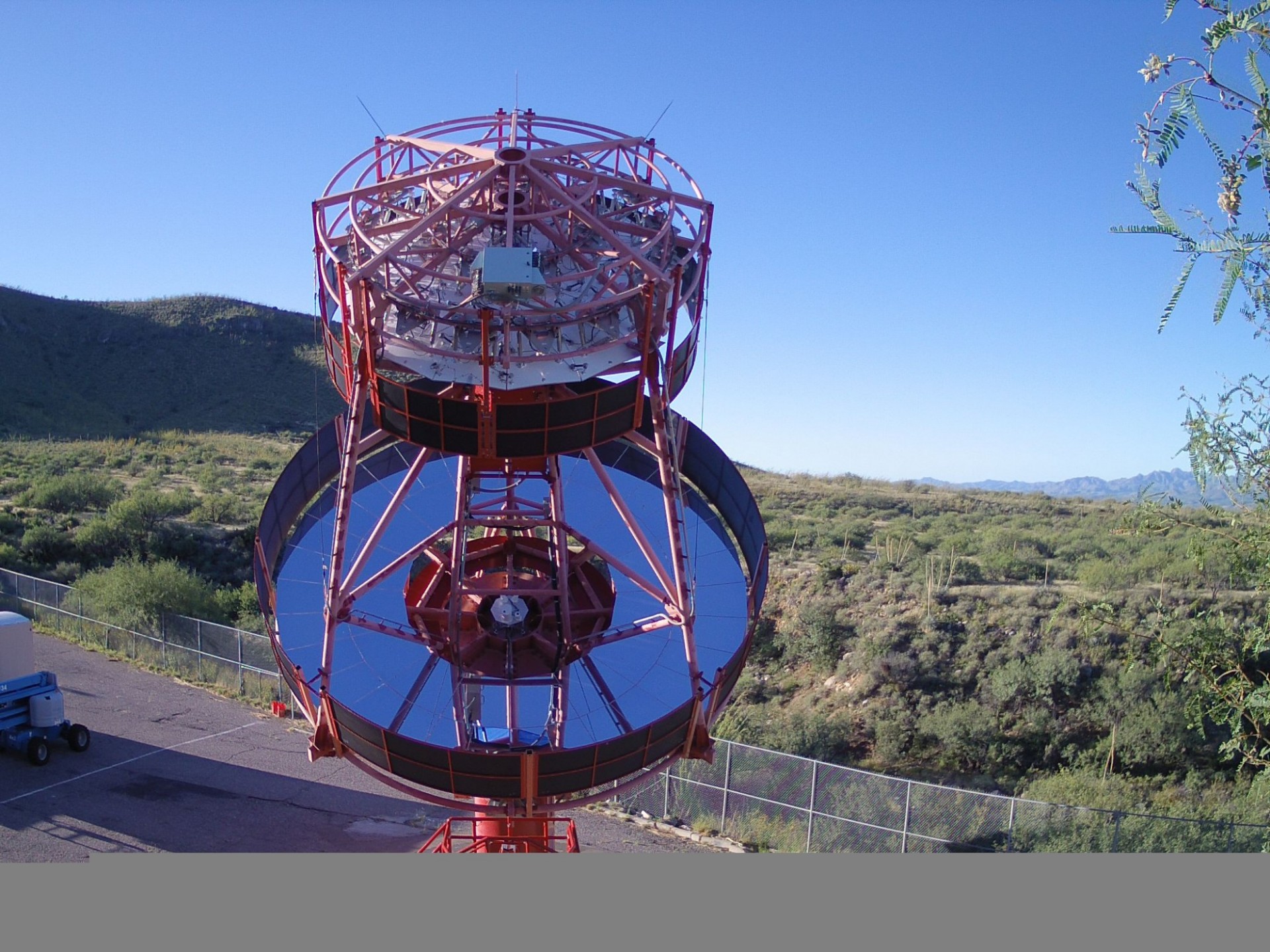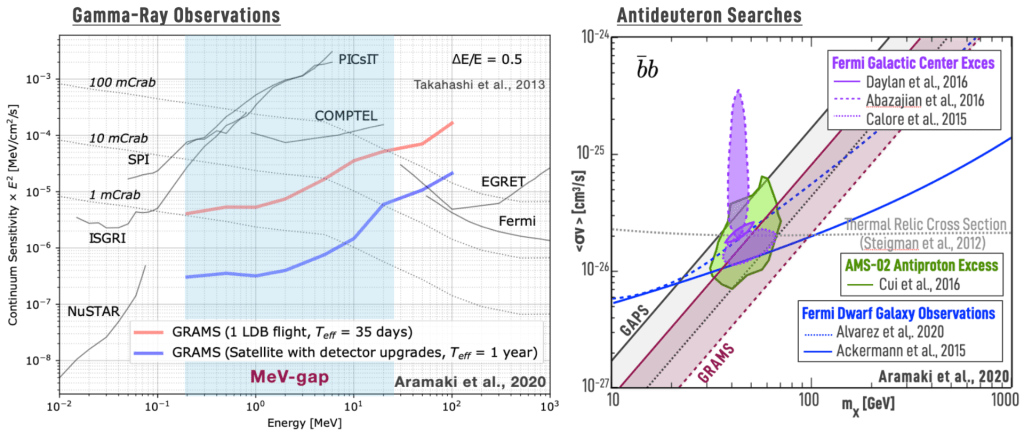Our group is involved in VERITAS and Fermi-LAT data analysis on a variety of topics, focused on both galactic and extragalactic gamma-ray sources, with an eye on multi-messenger information coming from neutrinos and gravitational waves. Additionally, we are actively involved in technical development for the upgrade of the pSCT, a prototype dual-mirror Cherenkov telescope for CTA.
Research Projects
Columbia Affiliations
VERITAS research at Barnard College & Columbia University is supported by the U.S. National Science Foundation



